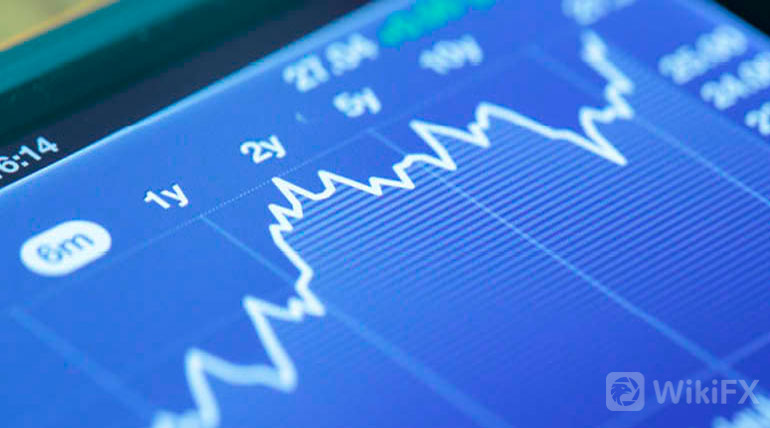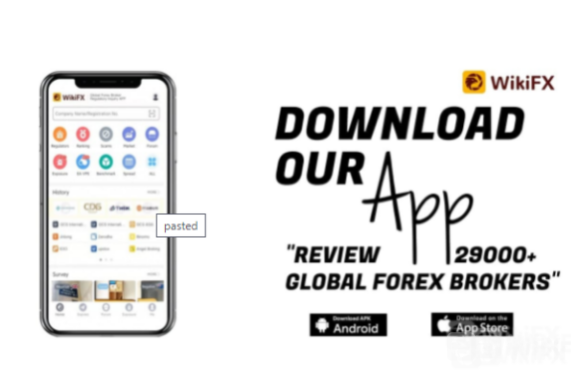
Vanguard and Partners to Accelerate DLT Usage in FX Forwards Trading DLT
State Street Corporation, Vanguard, and Symbiont have completed a pilot using DLT technology to trade FX forwards.
State Street Corporation American financial services and bank holding company, Vanguard asset manage firm, and Symbiont blockchain technology providerannounced on December 6 that they have conducted the margin calculation process whereby a 30-day foreign exchange forward contracts completed through the use of Symbionts distributed ledger technology. The pilot project was important because it tested how firms could trade OTC markets on a DLT network in the future.
The companies revealed that they have been actively exploring the innovative use-case of blockchain technology to assist in transforming the capital/ forwards markets. In other words, the State Street Corporation, Vanguard, and Symbiont have been studying blockchain use-cases in conducting carryout margin processing for foreign-exchange forwards and swaps , with the aim of bringing post-trade workflow automation and efficiencies while significantly decreasing counterparty credit risks in the over-the-counter currency market.
The current environment stresses on the need to streamline, automate, and secure critical business processes. When procedures mainly rely on manual intervention and disconnected operations, this makes the market vulnerable to disruption from crises and even simple manual mistakes. Therefore, based on the use of blockchain technology, State Street Corporation, Vanguard, and Symbiont stated that forwards market will be able to execute and document trades on a single, unchangeable record to digitally secure the transactions. Market participants can also value, move, and settle colleterial instantly to reduce risk and streamline processes for the instruments, which are non-cleared and subject to margining. The work towards conducting the FX forward contract on a DLT is one of the use-cases where the companies are looking to modernize trade lifestyles, further automate end-to-end workflows, and improve client experience in the forward markets.
Digitalizing FX Trading Rises
The development by the aforementioned firms using blockchain technology to modernize FX forwards trading is part of wide efforts aimed to digitalize the current opaque and old-fashioned foreign exchange (FX) market. Most $5 trillion of daily FX trading happens “over-the-counter” (OTC), in deals negotiated between banks and private customers rather than on exchanges. Many orders are still placed by phone. However, modernization is arriving and increasingly evolving. Deutsche Boerse, Europes third largest stock exchange, recently,bought FX all, an electronic FX-trading platform worth $3.5 billion. The FX market not only serves investors, but also corporations and governments seeking to protect bonds or trades against currency swings.
FX contracts can be “spot” (for immediate delivery), “forward” (for delivery at a later date) or “swap” (when currency is exchanged back at maturity). Buyersgo through deals (mostly banks), which source liquidity. Specific needs like matching cash-flow dates, are more easily met using OTC trades, which can be tailored, than over exchanges. That is currently changing. With the purchase, Deutsche Börse is betting that buyers would abandon “voice” orders, placed via single banks, in favor of digital platforms that pool prices from multiple dealers. The trend is boosting e-trading in spot FX. Volumes have doubled over the last decade – FX alls share of such electronic activity has climbed above 40%/ by connecting buyers with multiple dealers in an instant. The e-trading helps to reduce the cost of trading, boost efficiency, and leaves a clear audit trail. And long-date contracts are becoming more common, which boosts liquidity.
AsFX goes digital, the ranks of dealers become thinner. As the spot ends, the trend has opened the door to “principal” trading firms, which purchase and sell on their own accounts using algorithms. This has spurred competition among banks, reducing margins and pushing many toward exit. E-trading already makes it easier for users to find non-bank dealers. By removing counterparty risk, clearing is weakening the advantage that banks with big balance-sheets enjoy over the newer trading firms. As trading costs fall, FX buyers are becoming more satisfied.



